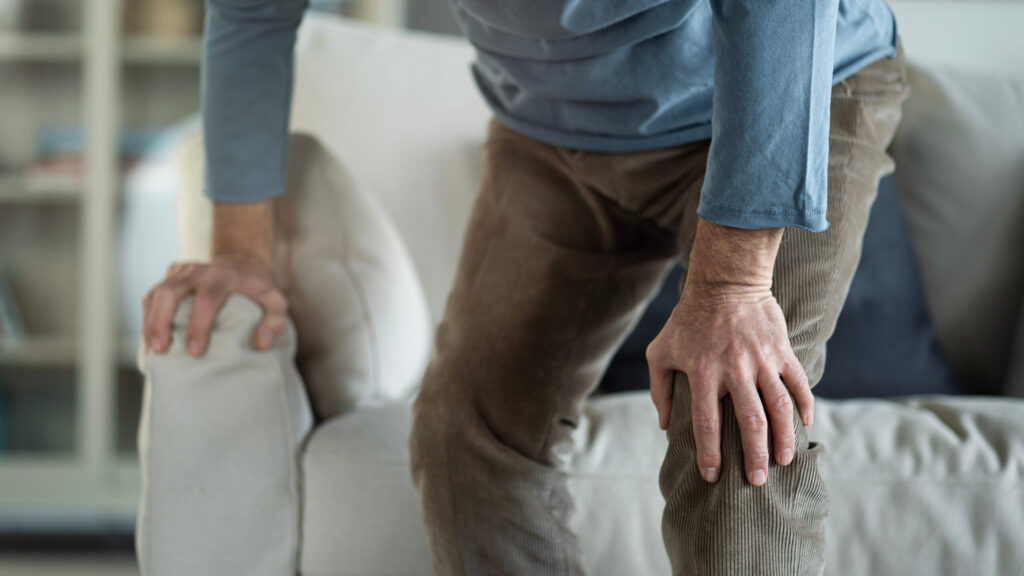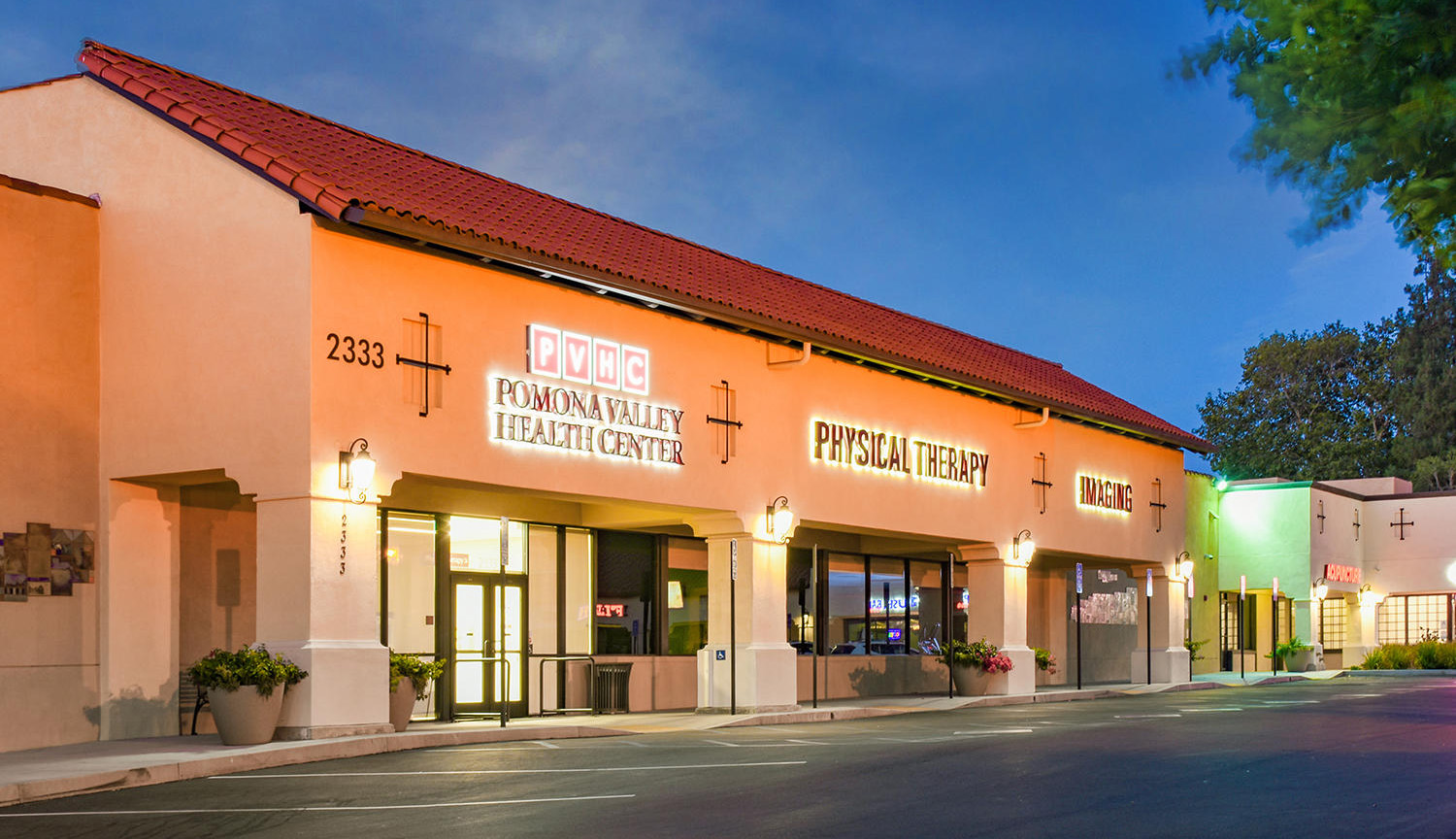
As the seasons change, many people notice their joints aching more than usual. If you’ve ever wondered whether the weather really affects your joint pain, you’re not alone.
In fact, a clinical study in the American Journal of Medicine shows that shifts in temperature and barometric pressure can contribute to increased stiffness, swelling, and discomfort associated with osteoarthritis, especially in the fall and winter months.
At Pomona Valley Health Centers (PVHC), our rehabilitation specialists help patients understand the science behind weather-related joint pain and provide proven strategies to manage it. Here’s what you need to know.
Cooler weather can trigger more than just a chill; it can affect how your body feels on the inside.
When temperatures drop, muscles, ligaments, and joints tighten, making it harder to stay flexible. Cold air can also reduce blood flow to extremities, which may worsen stiffness.
Many people with arthritis or old injuries are sensitive to changes in barometric pressure—the force exerted by the air around us.
When pressure falls before a storm, tissues in the body can expand slightly, increasing pressure in the joints and amplifying pain signals.
Recent research published in the National Library of Medicine supports what many patients already feel: the weather can significantly impact joint pain.
An extensive review of 14 studies found that barometric pressure and humidity were linked to more joint discomfort, while colder temperatures were associated with increased stiffness and pain.
In other words, when the weather turns damp or the temperature drops, it can make achy joints feel even worse.
Weather-related joint pain is especially common in people with:
While every person experiences it differently, common symptoms include:
The good news is that there are simple steps you can take to feel better, even when the weather shifts.
Low-impact activities like walking, swimming, or yoga help keep joints mobile and muscles strong. Light stretching in the morning can also reduce stiffness.
Wearing layers and protecting sensitive joints with gloves or knee sleeves can help. On colder days, keep moving indoors with light exercise routines.
Focus on foods rich in omega-3s, fruits, and vegetables. Staying hydrated and limiting processed foods may also reduce inflammation that contributes to joint pain.
Sometimes, seasonal adjustments aren’t enough, and that’s when expert support matters.
Consider professional care if you experience:
Rehabilitation and physical therapy target the root of joint pain through personalized care.
At PVHC, our rehab services and physical therapy programs strengthen muscles, improve flexibility, and teach safe movement strategies.
These treatments reduce inflammation, enhance mobility, and provide lasting relief.
Joint pain doesn’t have to limit your lifestyle, even when the weather turns colder.
At PVHC, our team of rehabilitation experts is here to help you stay active, reduce discomfort, and protect your joint health year-round.
Request an appointment today and take the first step toward moving comfortably through every season.
Do you or a loved one have more questions about how the weather affects your joints? Here are answers from our rehab experts.
Yes. Cold weather can cause muscles and ligaments to tighten, while changes in barometric pressure may worsen joint sensitivity.
Seasonal changes often bring shifts in pressure, humidity, and temperature, which can increase inflammation and trigger flare-ups.
Look for stiffness, swelling, aching pain, and discomfort that worsens during damp, cold, or stormy weather.
Absolutely. Gentle, low-impact exercise keeps joints flexible and reduces stiffness, even in colder conditions.
Warm baths, heating pads, stretching, and wearing layers can help relieve discomfort.
If pain interferes with daily activities, persists despite home remedies, or keeps getting worse, it’s time to see a provider for tailored care.




